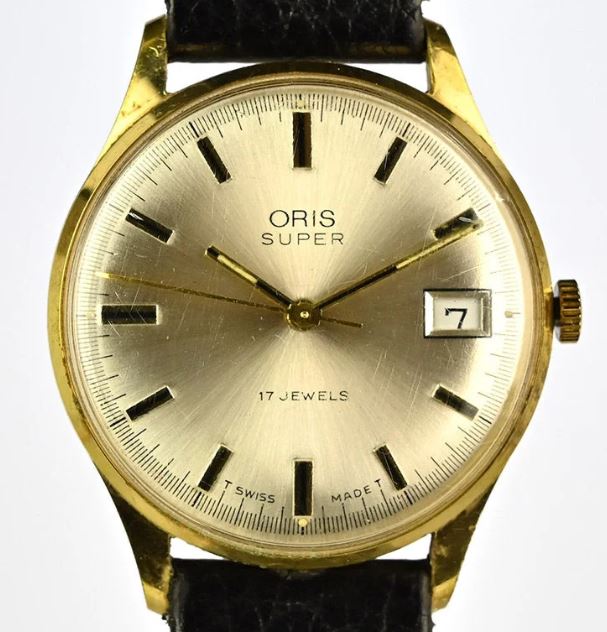Last Updated on May 18, 2024 by Jason
Oris is a Swiss luxury watch manufacturer with a history dating back to 1904. It was founded by Paul Cattin and Georges Christian in the town of Hölstein, Switzerland. They bought the recently closed Lohner & Co. watch factory and began their venture into the watchmaking industry. They named their new company after the nearby Orisbach brook and initially focused on assembling “affordable” pocket watches.
Oris began using Roskopf movements, which are also known as pin-lever movements, shortly after their foundation in 1904. The Roskopf movement was a simpler and more cost-effective alternative to the traditional lever escapement, and it allowed Oris to produce watches that were affordable yet reliable.
The brand quickly expanded, opening multiple factories and becoming the largest employer in Hölstein by 1911. They even had to build houses and apartments for their staff, since they were getting too big for the small Swiss village. By the mid-1920s, Oris responded to the growing wristwatch market by producing leather straps for their pocket watches, transforming them into wristwatches.
During the Second World War, the company’s distribution network beyond Switzerland is reduced significantly. In addition, output was limited to around 200,000 timepieces a year. The company kept its business afloat by manufacturing alarm clocks, which led to the landmark eight-day power reserve model launched in 1949.
The Swiss Watch Statute, 1934
The statute, introduced in 1934, was a law designed to protect and regulate the Swiss watch industry, and it prevented watch companies from introducing new technologies without permission. The restriction prevented Oris from making in-house lever movements or using lever movements from ebauche manufacturers. It was an obstacle for Oris as they couldn’t improve the standard of their offerings and compete on a level footing with their watchmaking competitors. It is interesting to note that the statute did not prevent Oris from using “Swiss made” on the dials of their watches.
In 1956, the company, under the leadership of General Manager Oscar Herzog, began a campaign to reverse the statute. The campaign was spearheaded by lawyer Dr. Rolf Portmann, who was hired by Herzog. The campaign lasted over a decade before the statute was finally reversed in 1966. This allowed Oris to begin using the superior lever escapement in their watches.
In 1968, Oris introduced their first lever escapement, the Calibre 652, which earned the highest accuracy distinction by the Observatoire Astronomique et Chronométrique. The introduction of the lever movement allowed the company to compete on a level footing with other Swiss watch manufacturers. In 1970, Oris joined ASUAG, the future Swatch Group. This was a result of the Quartz Crisis and the difficulties of traditional mechanical watches competing with quartz timepieces., Oris’s independence and production suffered, and staff numbers dropped from 900 to a few dozen. In 1982, Dr Ulrich W. Herzog and Rolf Portmann led a management buyout, restoring its independence, which secured the future of Oris.

Oris was one of the few Swiss watchmakers to come out on top after the Quartz Crisis because of a change in focus. Instead of targeting the lower ends of the market, Oris turned its attention to the luxury watch market and produced high-quality mechanical movements. This change proved to be a masterstroke for Oris facilitating their recognition as a manufacturer of high-end timepieces.